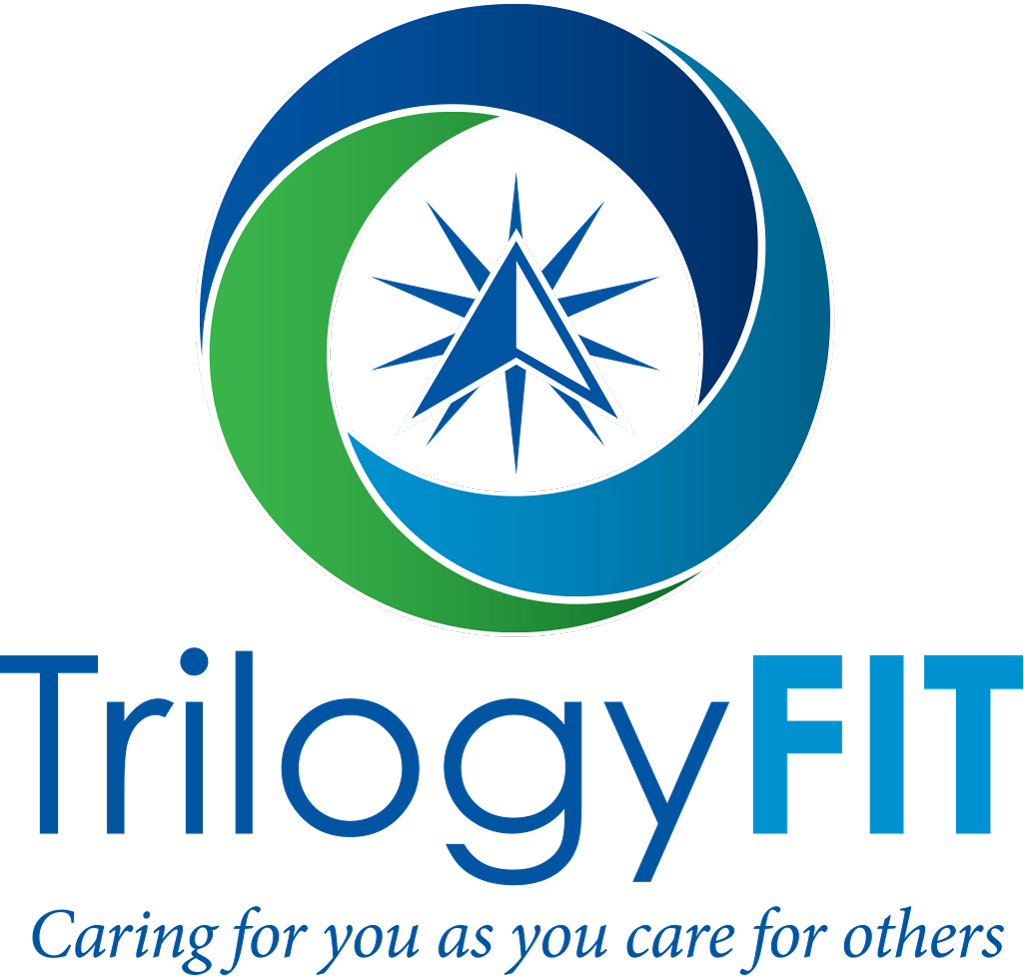The Path to Quitting Starts Now
Employees who are unable to show they are tobacco/nicotine free must complete the Tobacco Cessation Program to satisfy the “nicotine-free” requirement for the Wellness Rate.
When you quit tobacco, you’re putting your health first. Quit For Life is here to help you, wherever you are on your path to quitting. Get started today, and partner with a coach to create a unique Quit Plan, plus get personalized guidance and support each step of the way. Learn to manage your triggers and discover skills that can help you overcome cravings for good. Quit For Life gives you all the online resources to help create a plan — and stay quit – at no additional cost. From a Quit Team to personalized tools and text support, you’ll have help at every step. Quit For Life provides:
- Coach Support – Connect with a coach who will help create a personalized Quit Plan and guide you at every step.
- Access Anytime, Anywhere – Manage triggers with coach-led group sessions, trackers, text support, and more, all at your fingertips.
- View Quit Recommendations – Get real-life tips and plan your path to quit with recommended daily goals, articles, and videos.
- Tackle Cravings – Receive proven tools and strategies to help stay on track — now and in the long-term.
- Long-Term Success – Discover coping tools that can help overcome cravings for good with ongoing coach support beyond your quit.
Get started with Quit For Life or call 1-866-QUIT-4-LIFE TTY 711.
Cigarette smoking remains the leading cause of preventable disease and death in the United States. According to the CDC, Cigarette smoking kills more than 480,000 Americans each year. Over time cigarette smoking may lead to:
- Cancer
- High Blood Pressure
- Heart Disease
- Type 2 Diabetes
- COPD
- Erectile Dysfunction
- Reproductive issues in females
- Low birth weight babies
Did you know Virgin Pulse has tobacco journeys available to help alongside your quit journey? Join and/or start one today.
Over the years, the dangers of both smoking and smokeless tobacco have been shown through reports, statements, and research. These dangers continue today with the continued use of both forms of tobacco. However the new emerging form of smoking known as E-vapor or Electronic Cigarettes, as well as the trend of smoking Hookah or another popular flavored tobacco, have grown dramatically and present their own forms of risks.
E-vapor-Electronic vapors or E-vapors have problems uncommon to those of the rest of the tobacco community. While they are designed for those who are trying to quit traditional smoking, they can have a fruity flavor and a variety of colors drawing a younger group to pick up smoking. The juice inserted in the E-vapors is loaded with chemicals such as acrolein, acrylamide, acrylonitrile, crotonaldehyde, and propylene oxide (VOC’s) which are all common toxins that can cause burning sensations and even allergic reaction to the “juice”. The devices used to smoke these chemicals can also get to hot boiling the vapors and can lead to burns and some extreme cases explosion and destruction of the device. The biggest concern with the use of Electronic Vapors in the unknowing of effects that are long term due to the recent popularity and growth of the devices.
Hookah—Much like E-Vapors Hookah was designed to lessen traditional smoking while encourage fun group style of smoking. However, Hookah comes with its own problems and risks. Hookah possesses the same sets of risks associated with smoking traditional cigarettes, and also increases the potential for the spread of bacteria and viruses through salivary contact on the mouth piece. Also the use of hookah has a lot more strength than that of its traditional counterpart. An hour-long hookah smoking session involves 200 puffs, while smoking an average cigarette involves 20 puffs. The amount of smoke inhaled during a typical hookah session is about 90,000 milliliters (ml), compared with 500–600 ml inhaled when smoking a cigarette. -Centers for Disease Control
Curious to what smoking does to your lungs?
Curious to Know How Much Money You are Spending?
The average cost of cigarettes is about $6.00 per pack, with chew tobacco about $5.00 per can and electronic cigarettes about $2.20 per day. A regular tobacco habit will cost you an average of about $2,000 per year. What would you do with that savings?
The Financial Cost of Smoking Calculator
Within 20 Minutes of Quitting Smoking, Your Body Begins a Series of Changes that Continue for Years
- After 20 minutes, your heart rate drops.
- After 12 hours, the level of carbon monoxide in your blood drops to normal.
- From 2 weeks to 3 months, your heart attack risk begins to drop. Your lung functions begin to improve.
- From 1 to 9 months, your coughing and shortness of breath decrease.
- After 1 year, your added risk of Coronary Heart Disease is half that of a smokers.
- After 5 years, your stroke risk is reduced to that of a non-smoker’s 5-15 years after quitting.
- After 10 years, your lung cancer death rate is about half that of a smoker’s. Your risk of developing cancers of the mouth, throat, esophagus, bladder, kidney, and pancreas decreases.
- After 15 years, your risk of Coronary Heart Disease is back to that of a non-smoker.
Exercise — While exercising not only is good for your body it also is good for your body and mind it is also good for your attempt to quit as well. Exercising helps to release endorphins which create that natural high the body is accustomed to from the cigarette.
Gum and Hard Candies — With the need to smoke, a lot of the want to smoke is just based in the habit itself. Chewing gum or sucking on a hard candy can help to alleviate the urge to smoke when it comes.
Carrot Sticks — Much like the gum, chewing on raw vegetables give your body the same oral fixation it is dependent on when smoking. Plus the vegetables are good for you too. It’s a win-win!
Keep Your Hands Busy — This helps to keep the urge of smoking at bay. Try to do something to occupy both hands. This may sound like a simple task, however it occupies both the hands and the mind from the urge to smoke. Who knows you may even find a new hobby or skill along the way.
Reward Yourself — Set up a reward schedule to help keep yourself on track. Buy something small you wanted. Get something that you really want or go to dinner as a treat. Progress feels good so make sure and to know it.
Phone a Friend — It always helps to have someone along the journey to help you out. Letting someone know you are on this journey can help to keep you true to your goal, and also gives you someone to rely on if you are having trouble.
Including State Quitline Information with NRT’s
National Cancer Institute: 1 (877) 448-7848
*These resources will be able to give help involving Nicotine Replacement Therapies (NRT’s), support, and helping to plan and quit the usage of tobacco.
By State Assistance
| State | Headline | Options Offered |
|---|---|---|
| Kentucky | 1(800)-QUIT NOW (784.8669) | You can get over-the-counter nicotine replacement therapies at no cost if you meet all of the following requirements. You must be: A member of the Kentucky Employees’ Health Plan (KEHP); A tobacco user (planholder and/or dependent), 18 years old or older and listed as a tobacco user on the KEHP health insurance form; Attending all regularly scheduled sessions from an approved program to quit tobacco — either the Freedom From Smoking Program or the Quit Now Kentucky program. If you do meet all of the above requirements, follow these steps: 1. Print your voucher and mark the program you have joined.You can also call the KEHP Department of Employee Insurance at 1-888-581-8834 and request a voucher; 2. Get your voucher signed by your program facilitator; 3. Fax your signed voucher to the Department of Employee Insurance (DEI). Fax it to: 1-502-564-5278. The DEI will verify your eligibility and then fax or mail the voucher back to you; 4. Take your signed and approved voucher to your pharmacy. You can use it to pay for your nicotine replacement therapies at no cost, generic patches, lozenges or gum; 5. Save your voucher. Repeat steps one through four every 28 days. |
| Indiana | 1(800)-QUIT NOW (784.8669) | The Indiana Quitline offers: An assessment of readiness to quit. A customized quit plan. Motivation and problem-solving advice. Up-to-date information about nicotine replacement therapy. A Quit Kit, including materials in English or Spanish, tailored for your patient's needs Referral to cessation services offered by local resources or by health plans. |
| Ohio | 1(800)-QUIT NOW (784.8669) | The Ohio Tobacco Quit Line provides personal quit coaching and telephone counseling free of charge to Ohioans who are uninsured, have Medicaid, are pregnant, or are covered through the Ohio Tobacco Collaborative. Nicotine patches, gum or lozenges are provided for up to four weeks at no charge to eligible participants. The Ohio QuitLogix Online Tobacco Use Cessation Program is available to all Ohioans of age 18 or older (or younger with parental permission). |
| Michigan | 1(800)-QUIT NOW (784.8669) | |
| Illinois | 1(800)-QUIT NOW (784.8669) | |
| Pennsylvania | 1(800)-QUIT NOW (784.8669) | Tennessee—Call the Tennessee Tobacco QuitLine at 1-800-QUIT-NOW (1-800-784-8669).You may also join the program online at www.tnquitline.org. It’s free. |
| New Mexico | 1(800)-QUIT NOW (784.8669) | The Department offers free counseling services and an 8-week supply of Nicotine Replacement Therapy (patches, lozenges and gum) for participants who register with the quit line. Participants can access services 24 hours a day, with TTY available for the hearing impaired. Quit line participants are also able to request text message support for their quit efforts. There is also the new QUITNOW Smartphone App now available on iTunes and Google Play. The free app provides smartphone users with a downloadable tool that supports them throughout the quit process, helping them set a quit date, identify reasons for quitting and conquer cravings once they’ve quit. |
| Massachusetts | (617).624.5900 |



